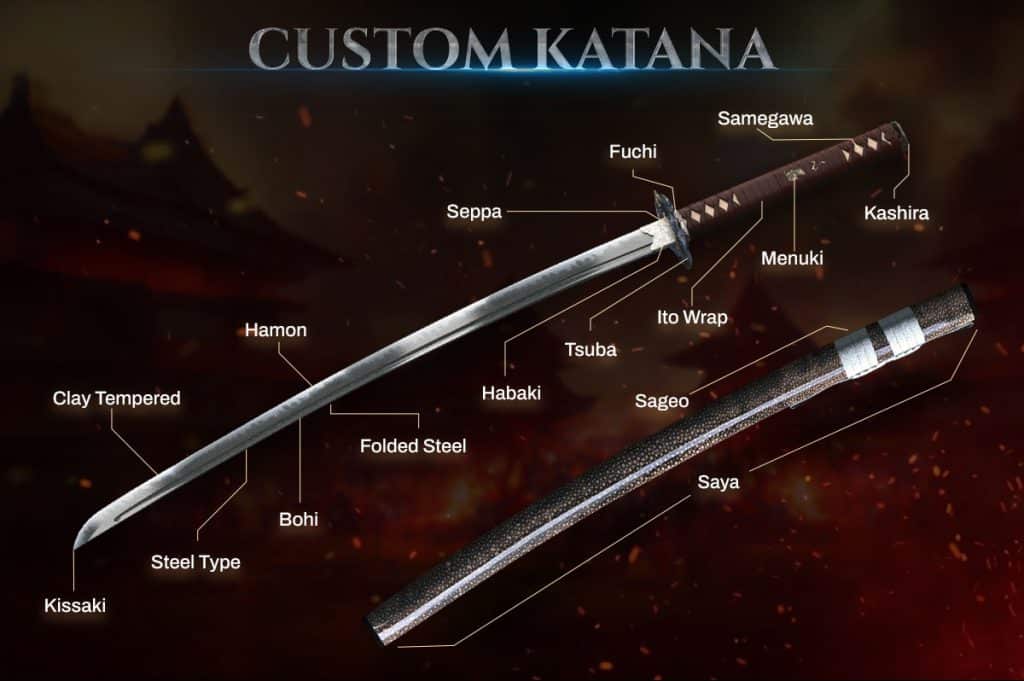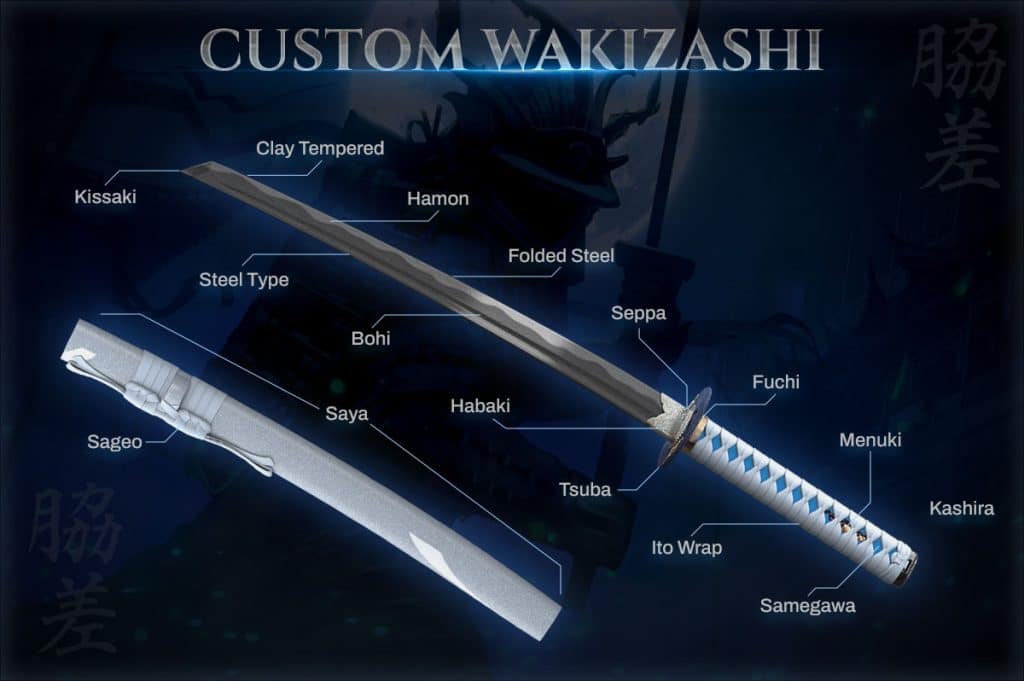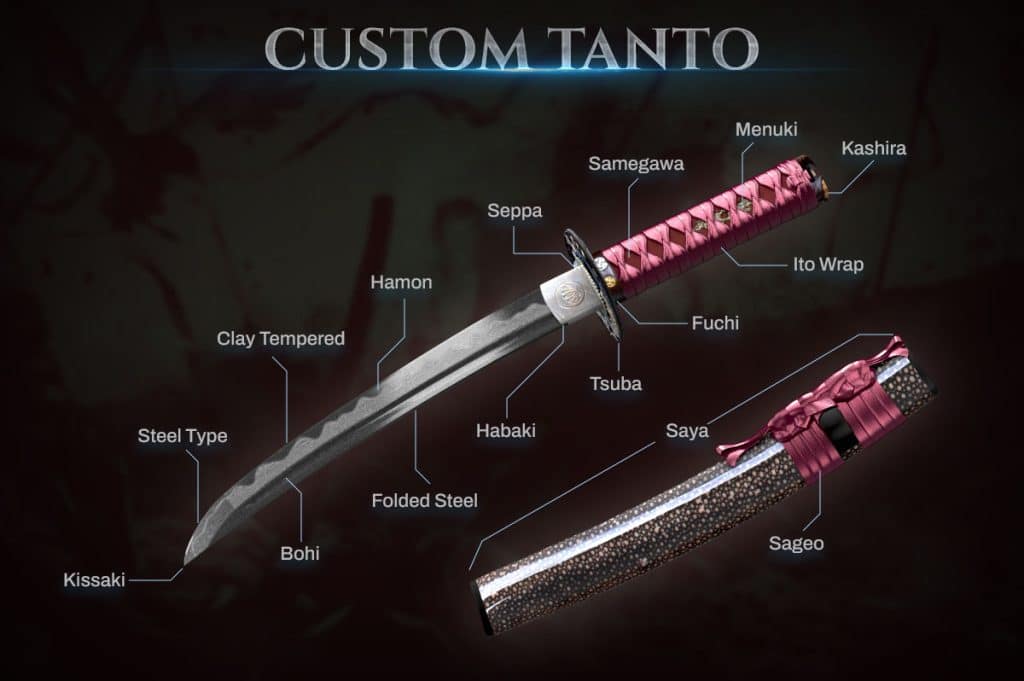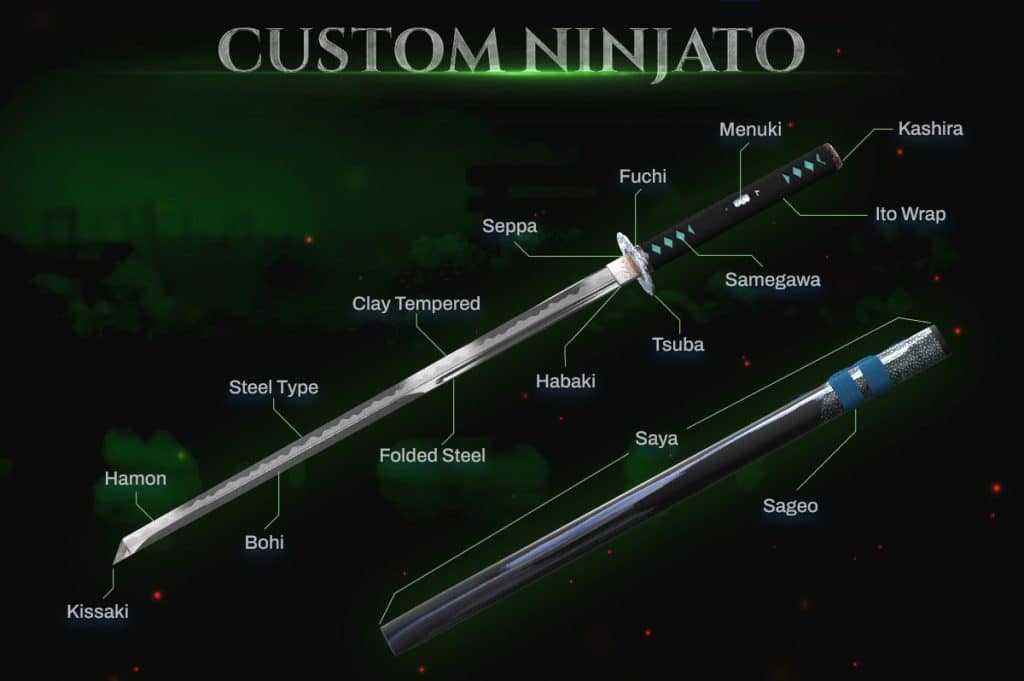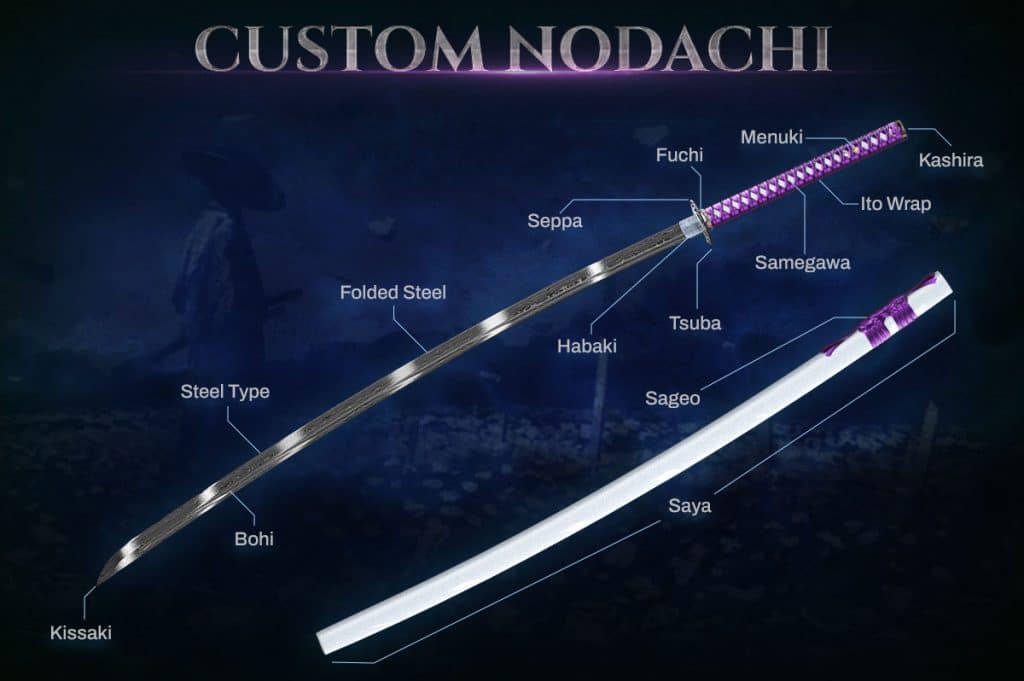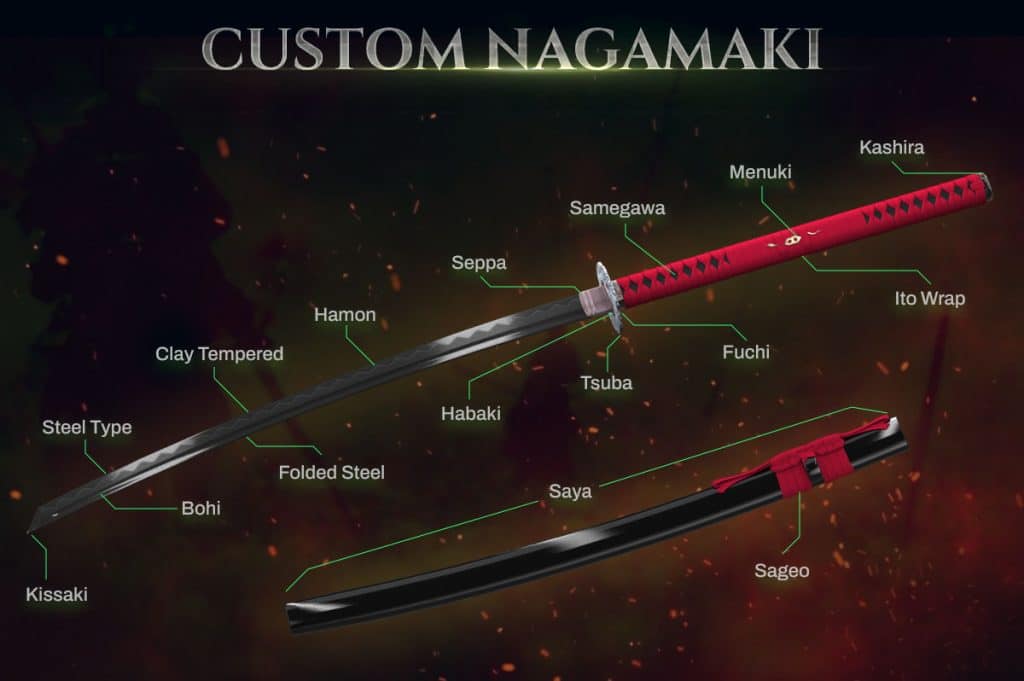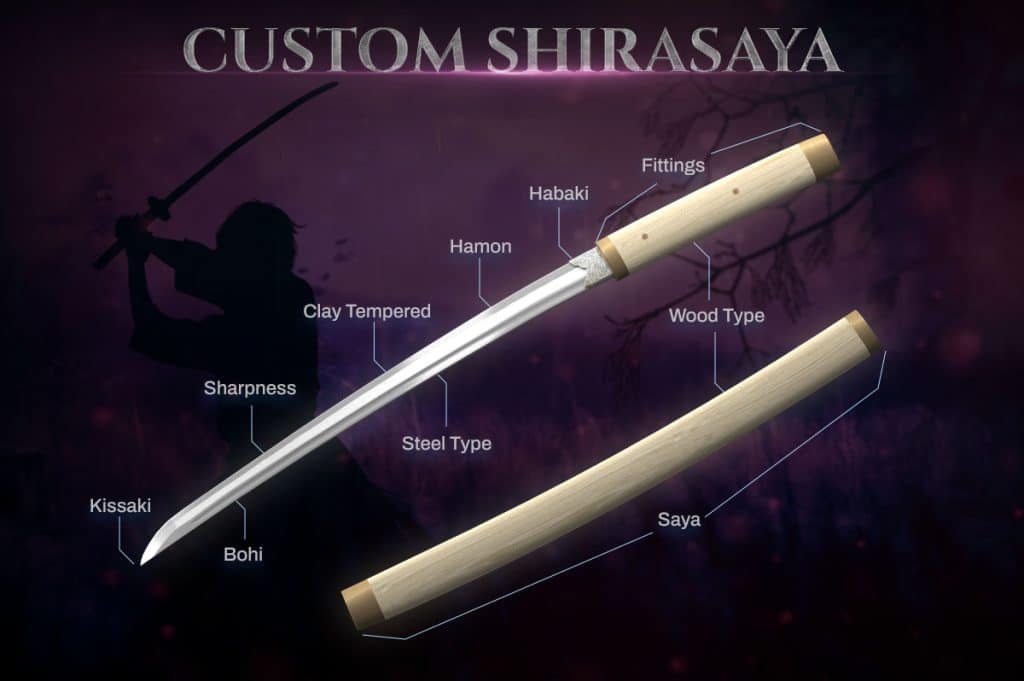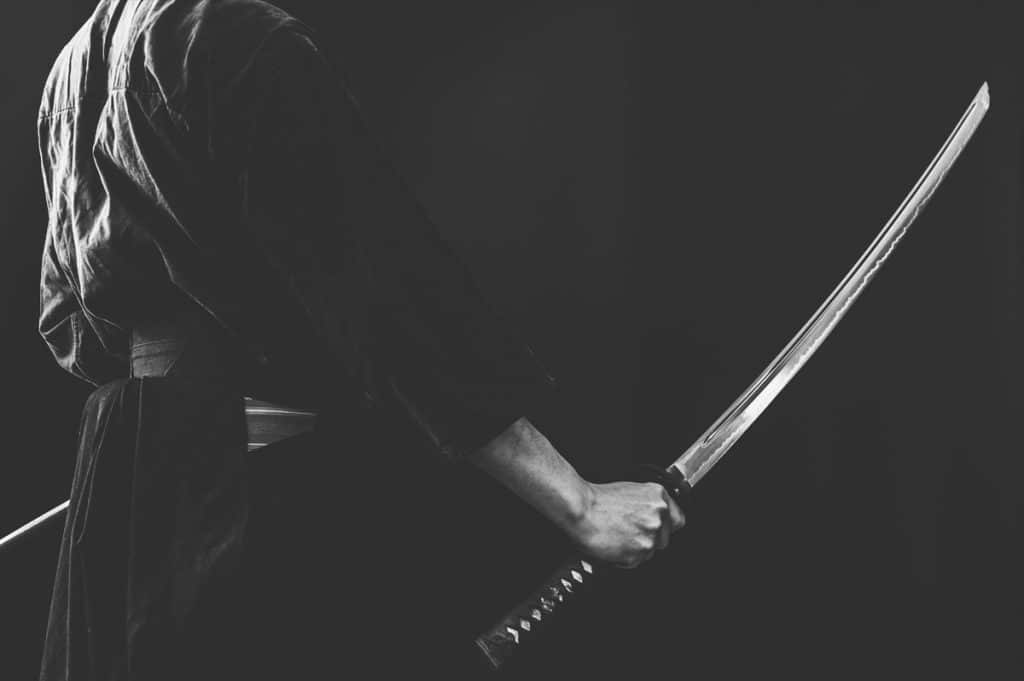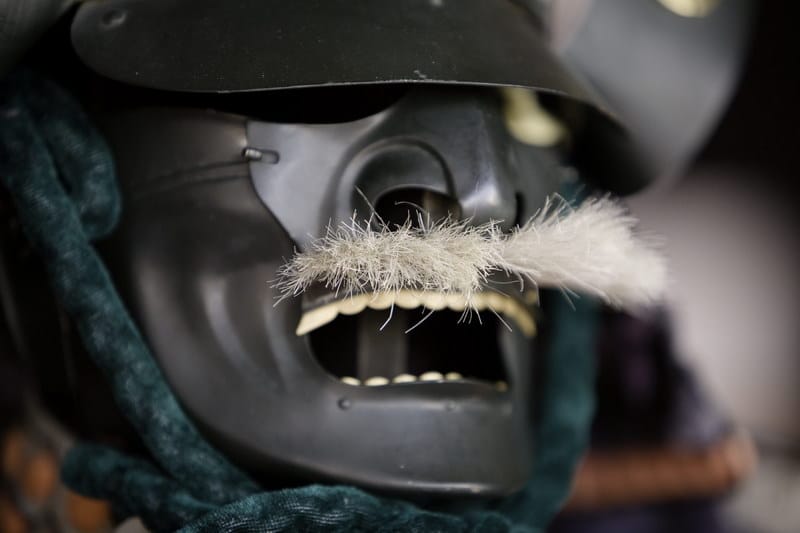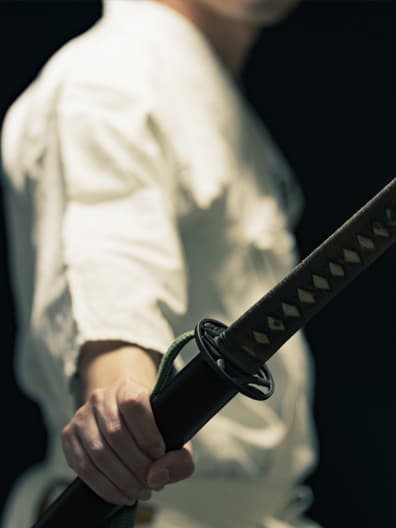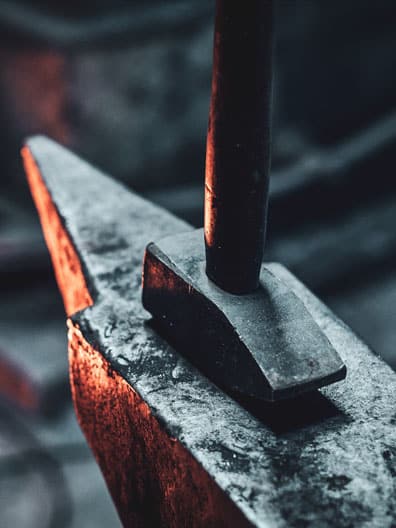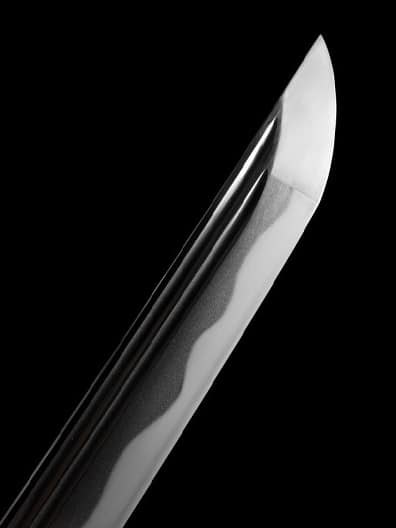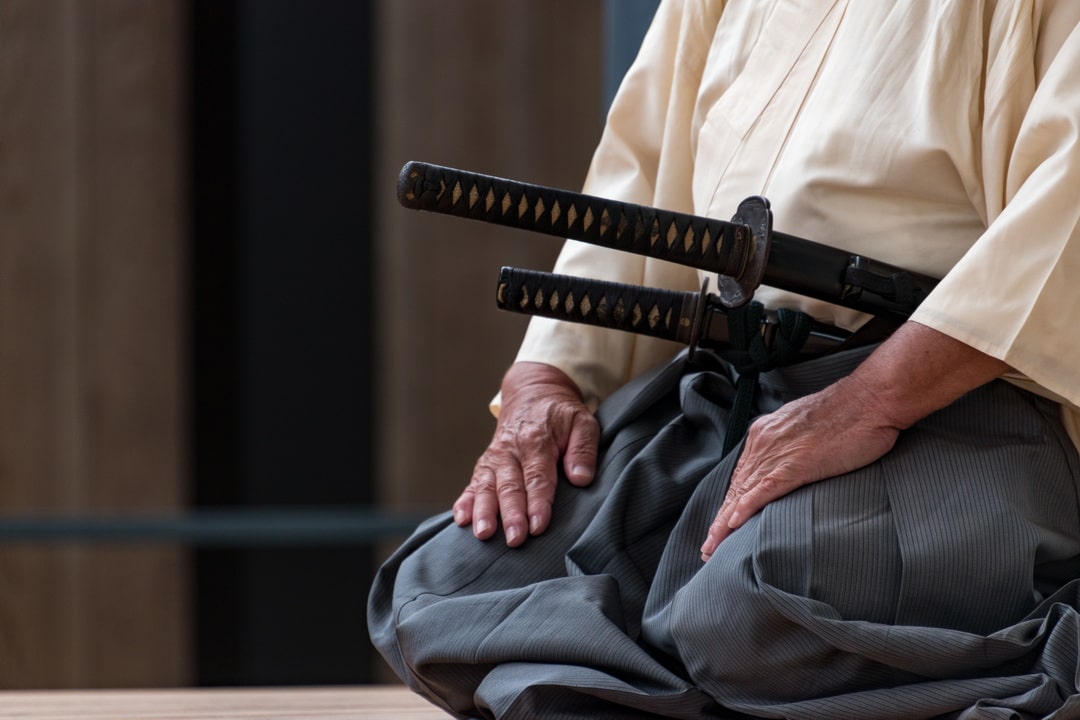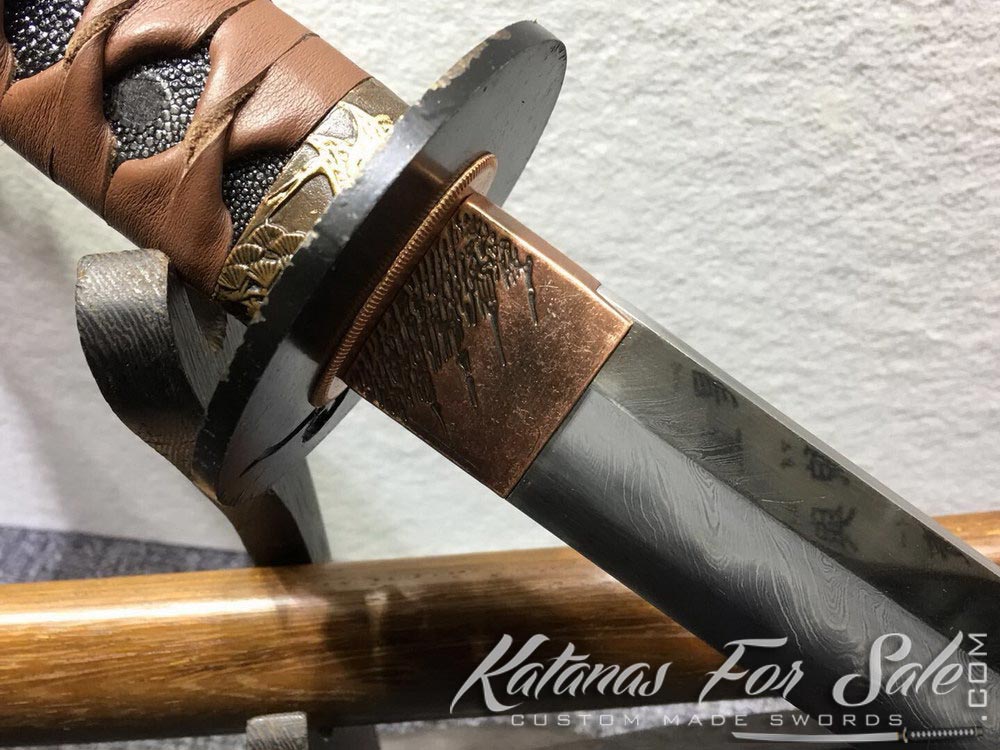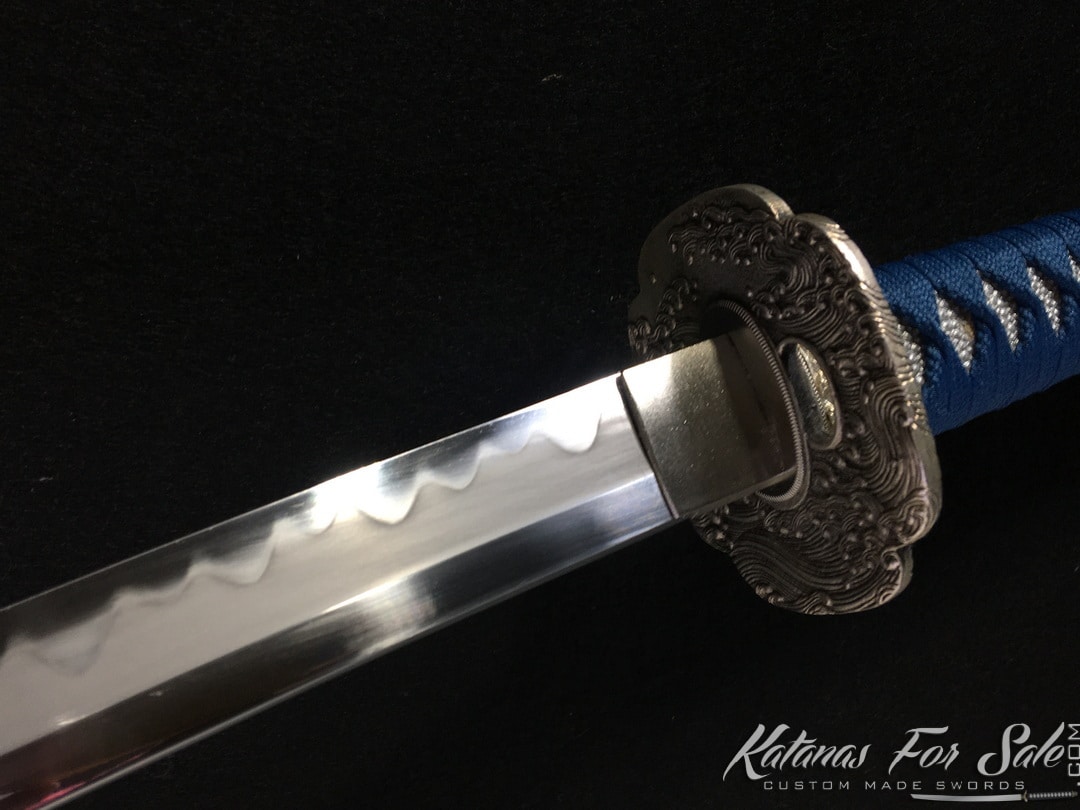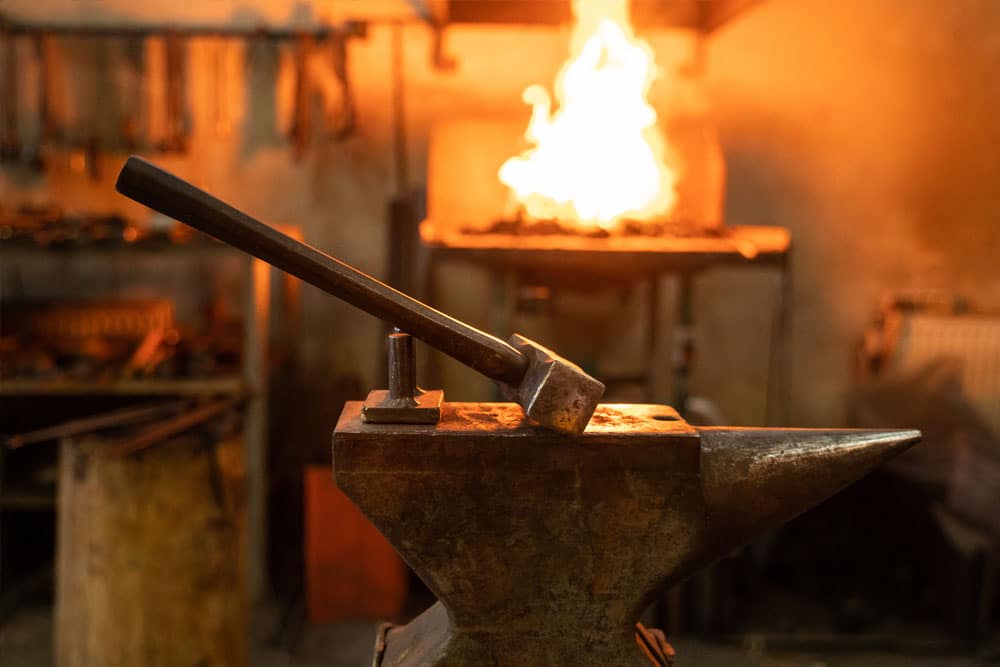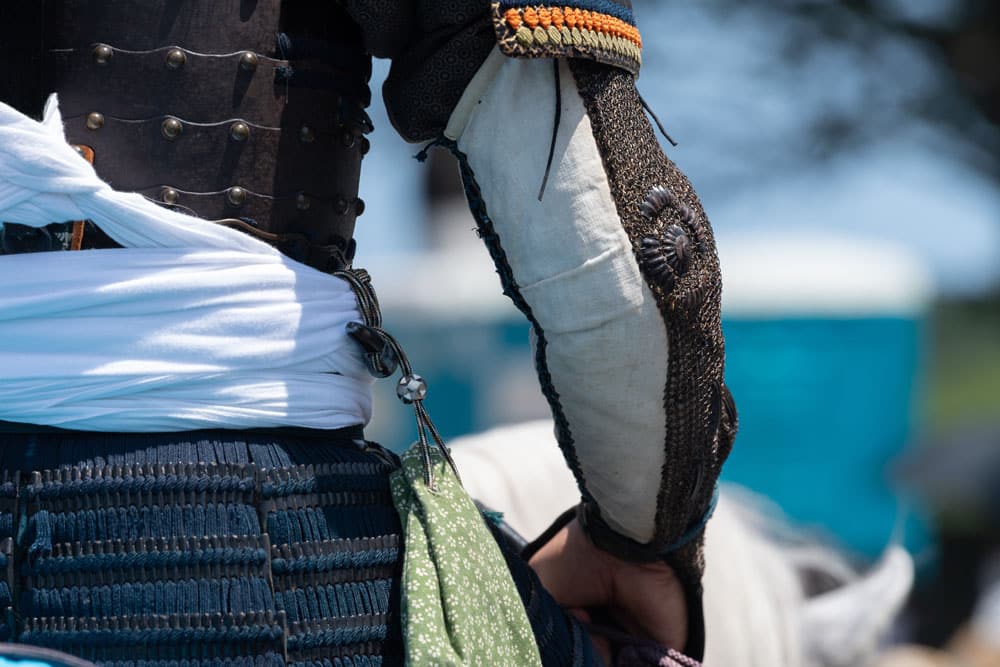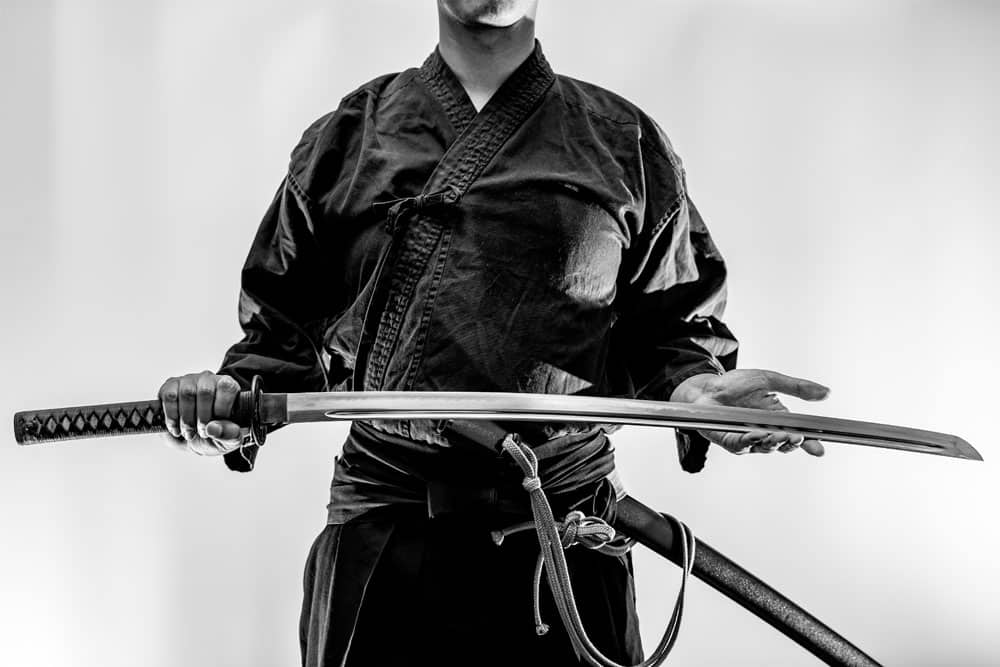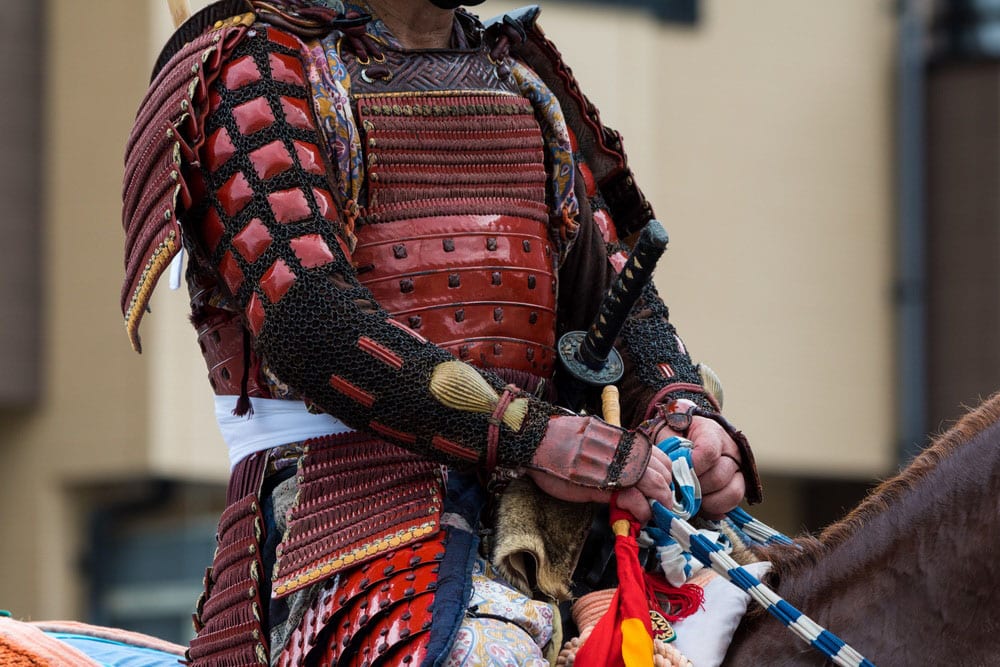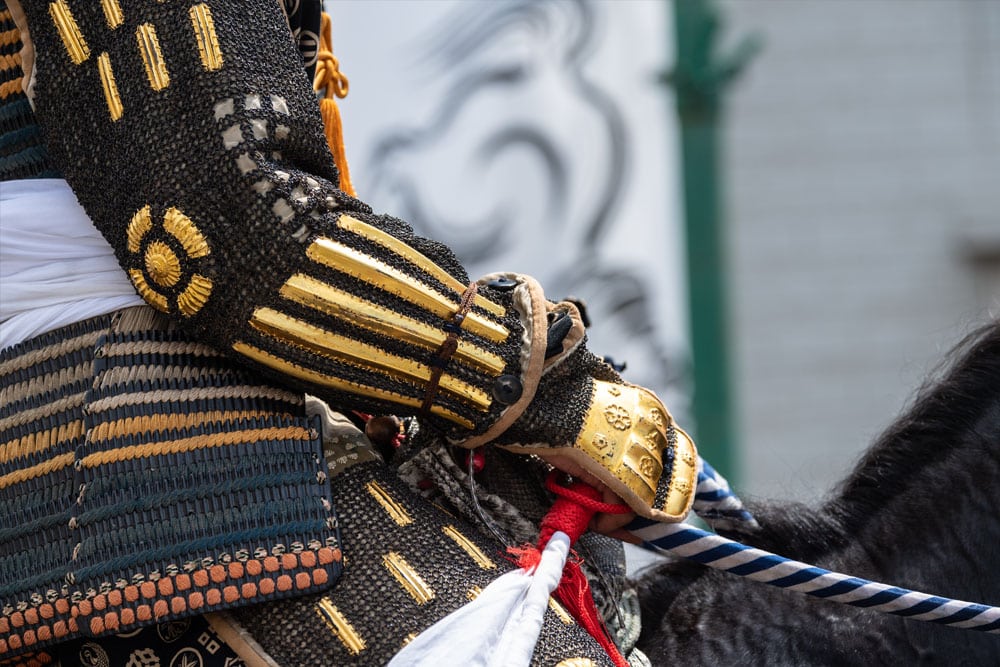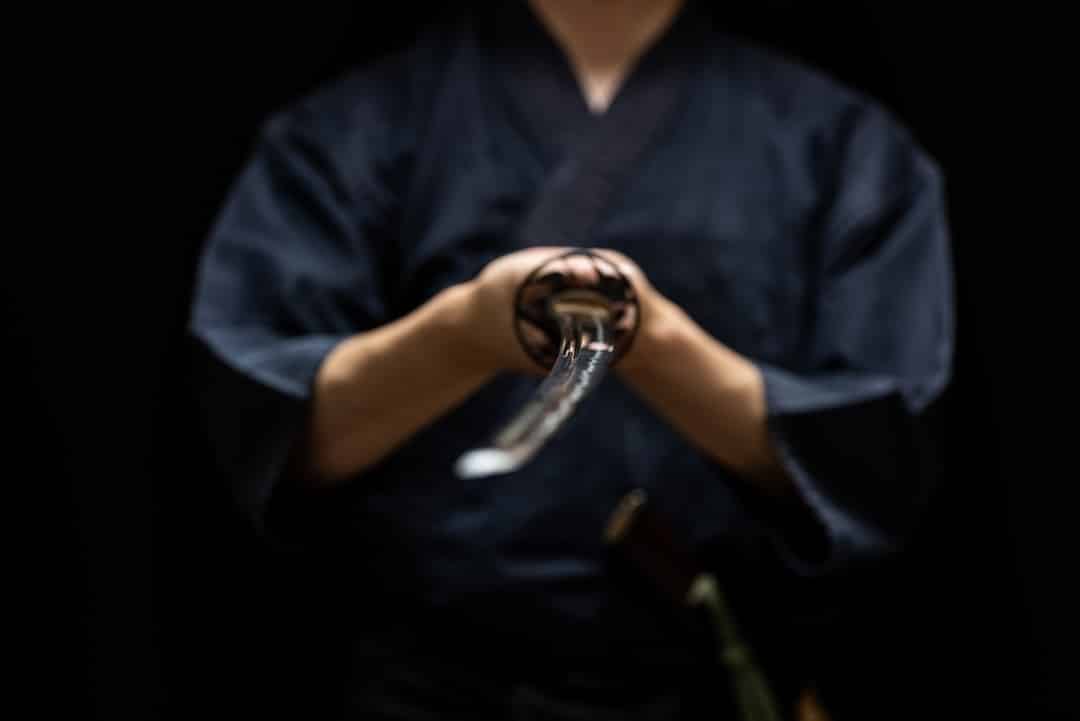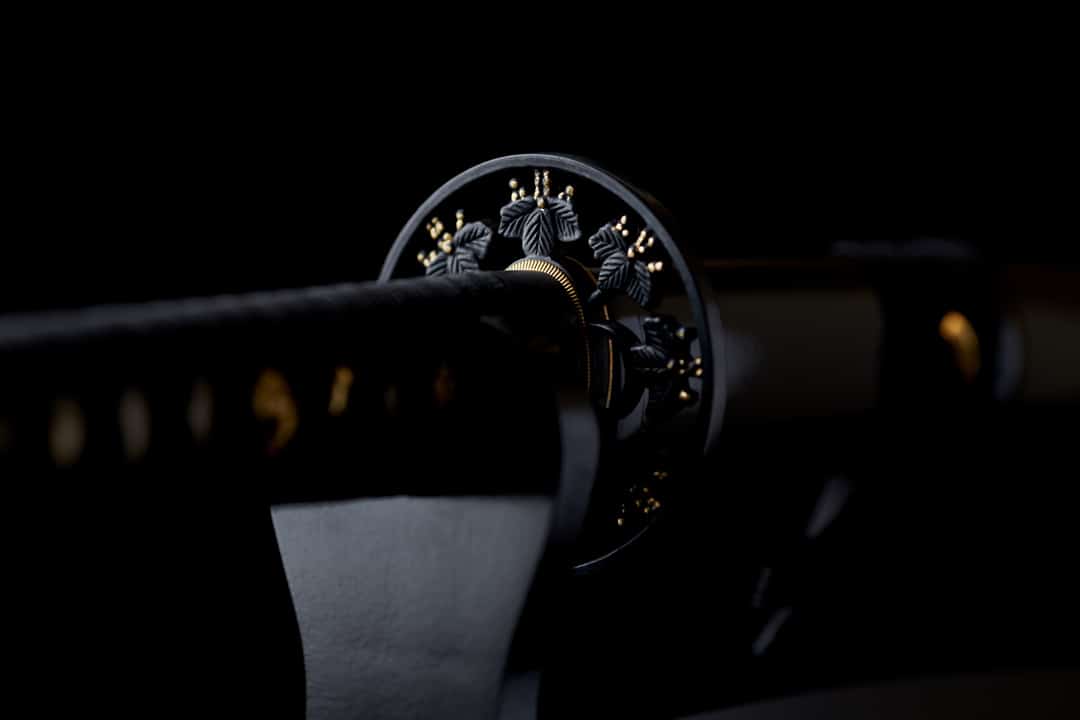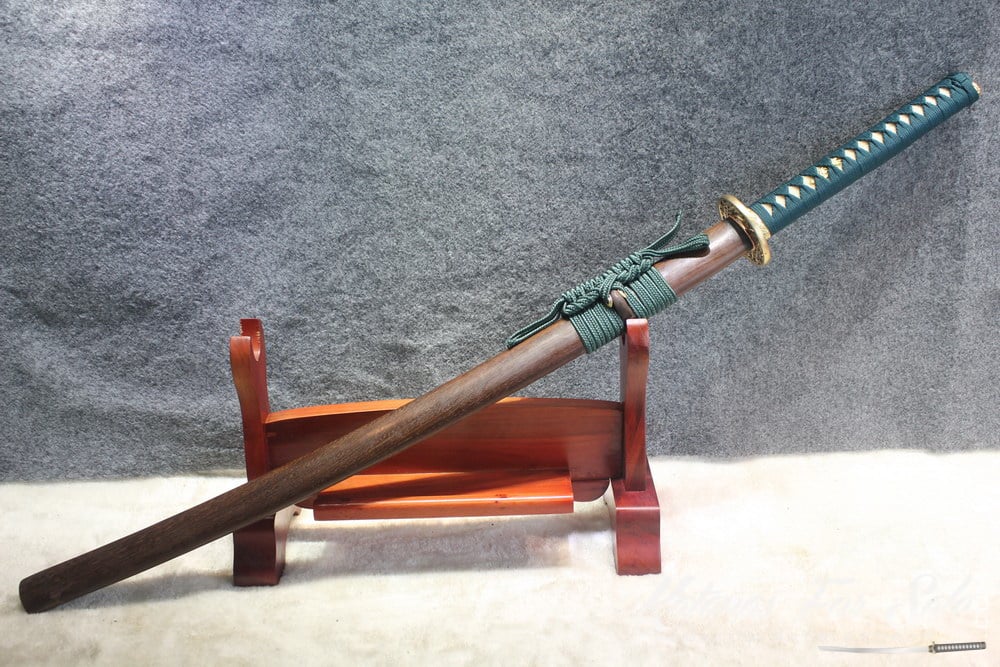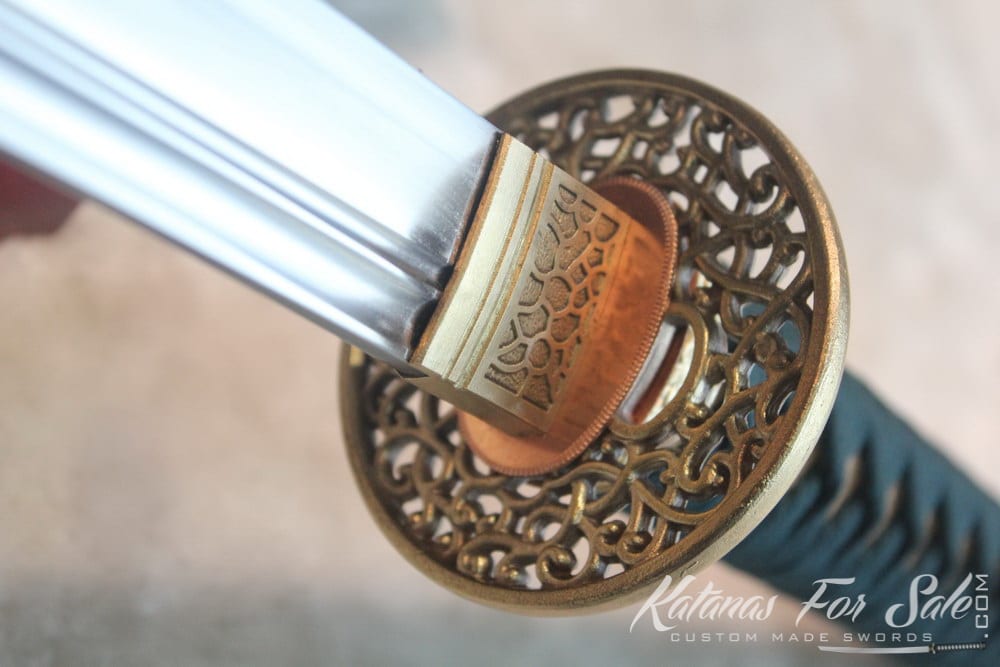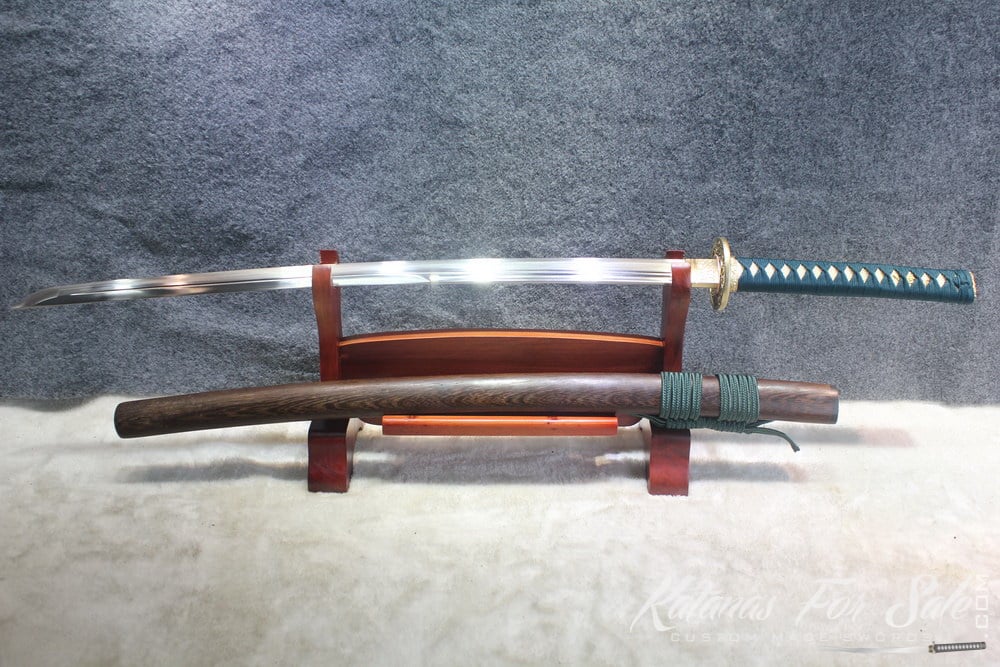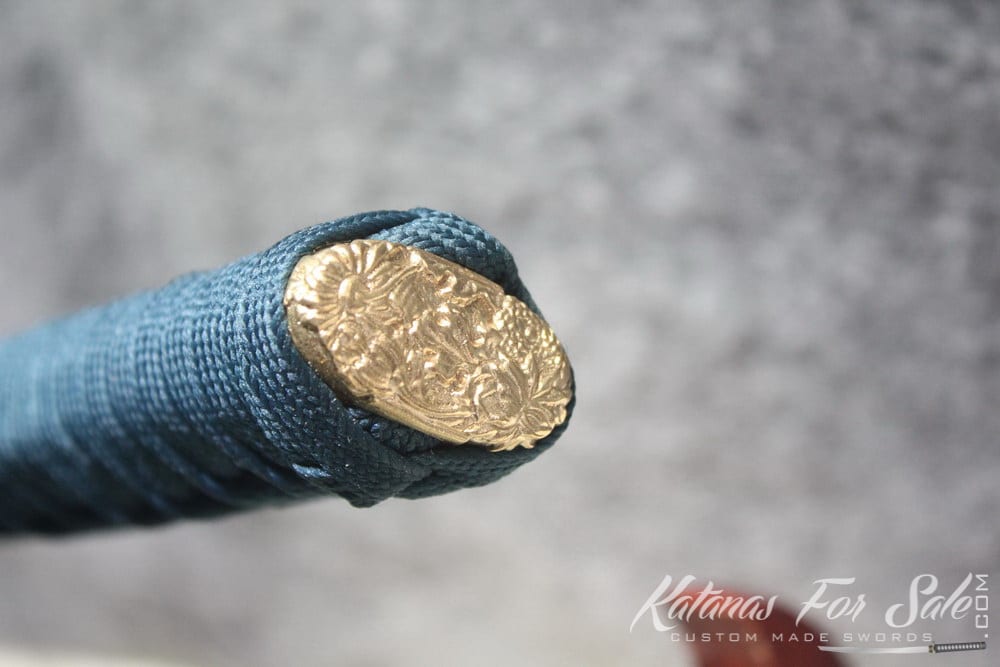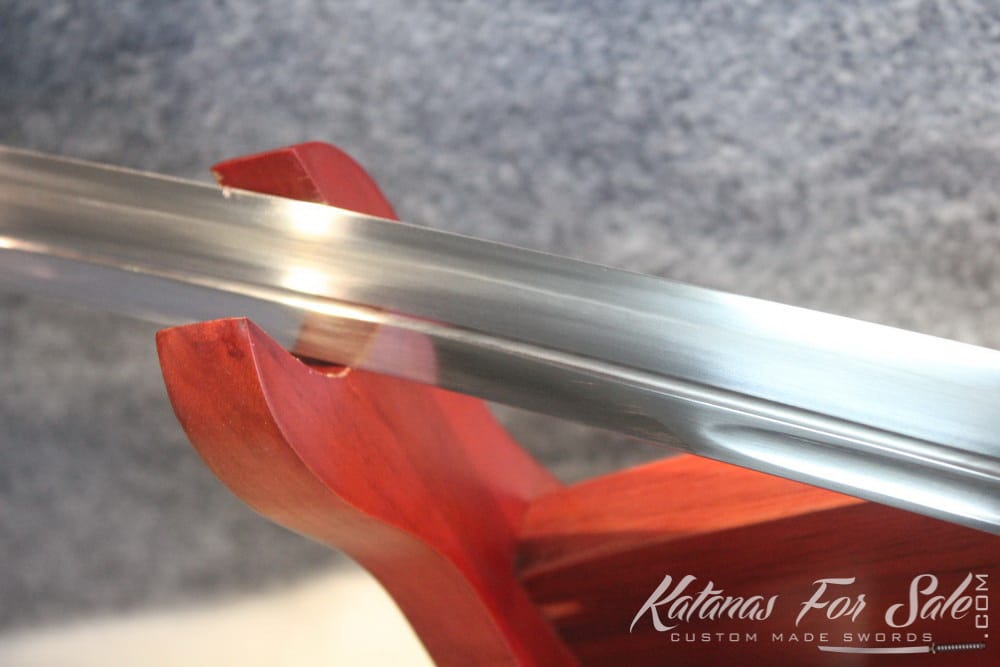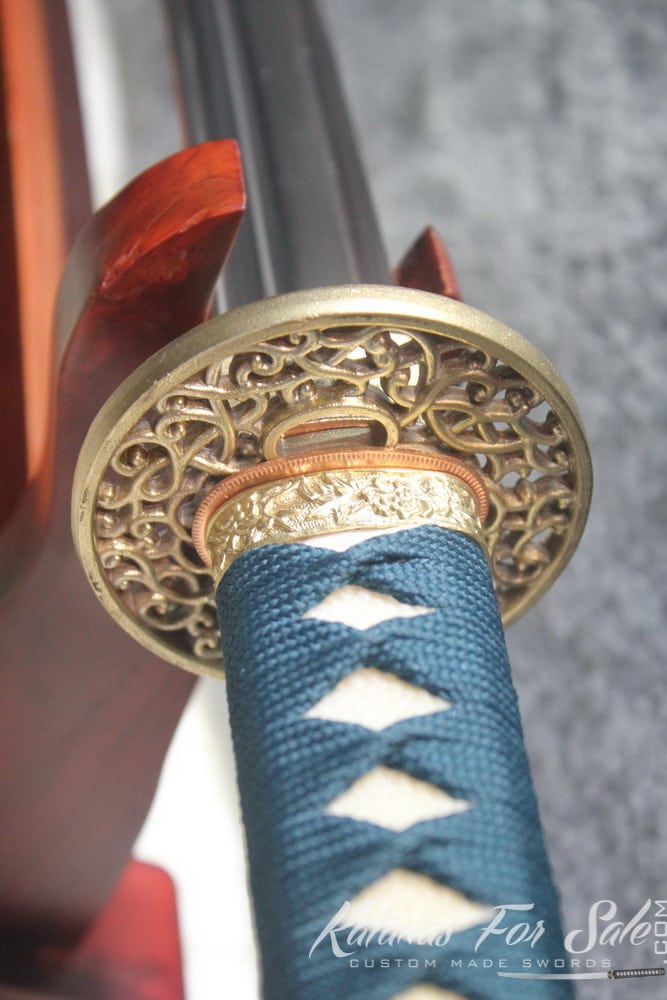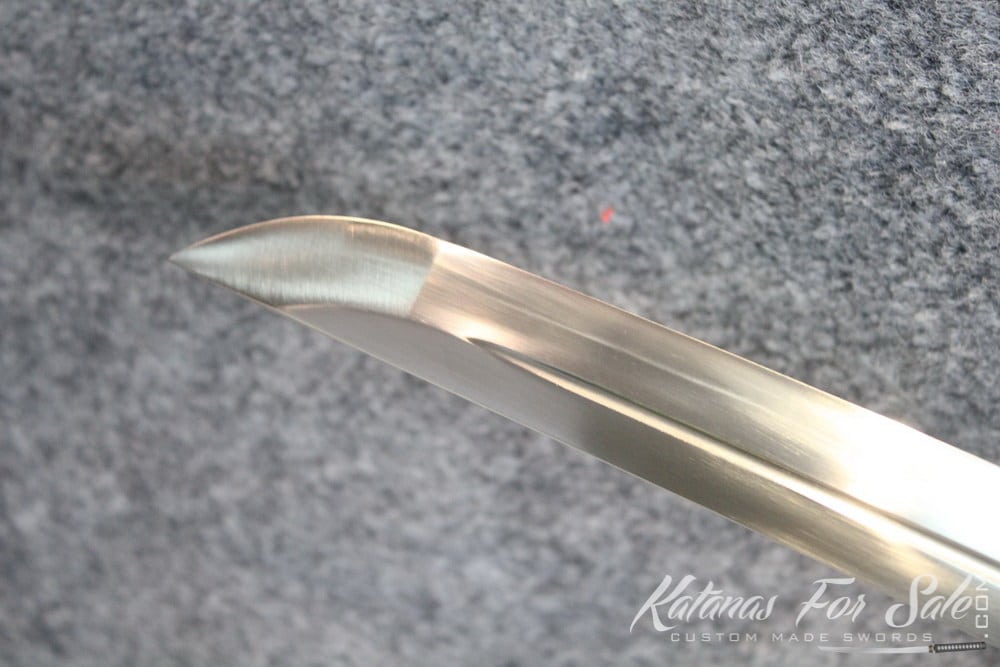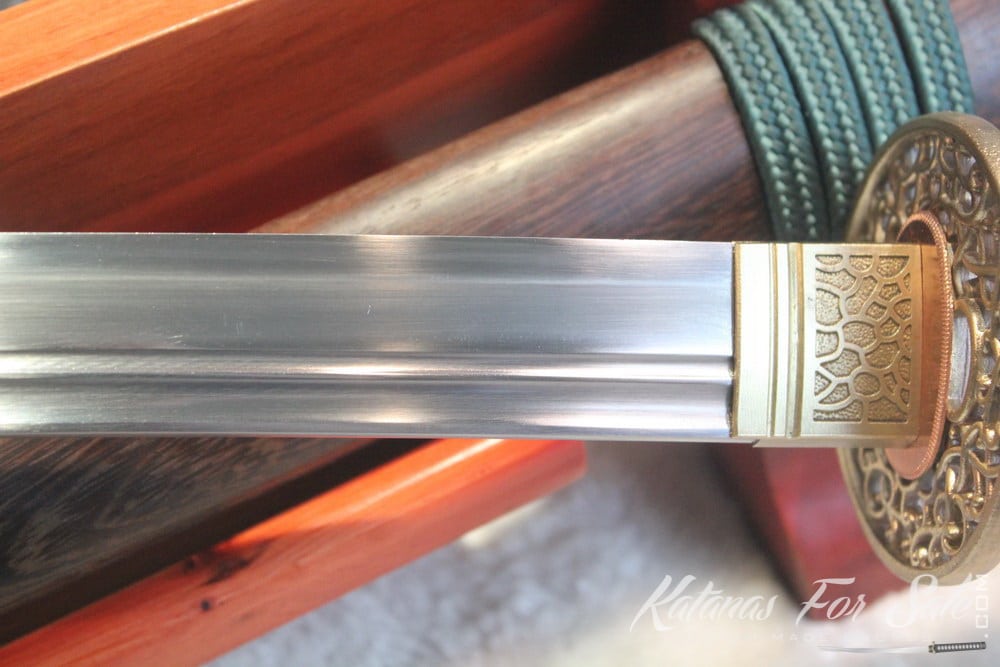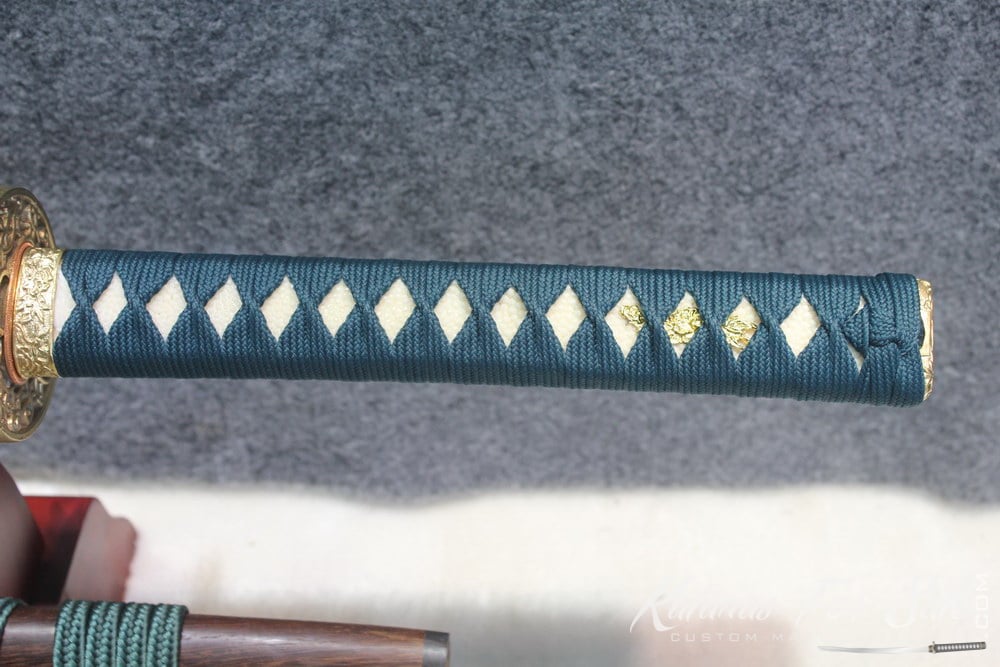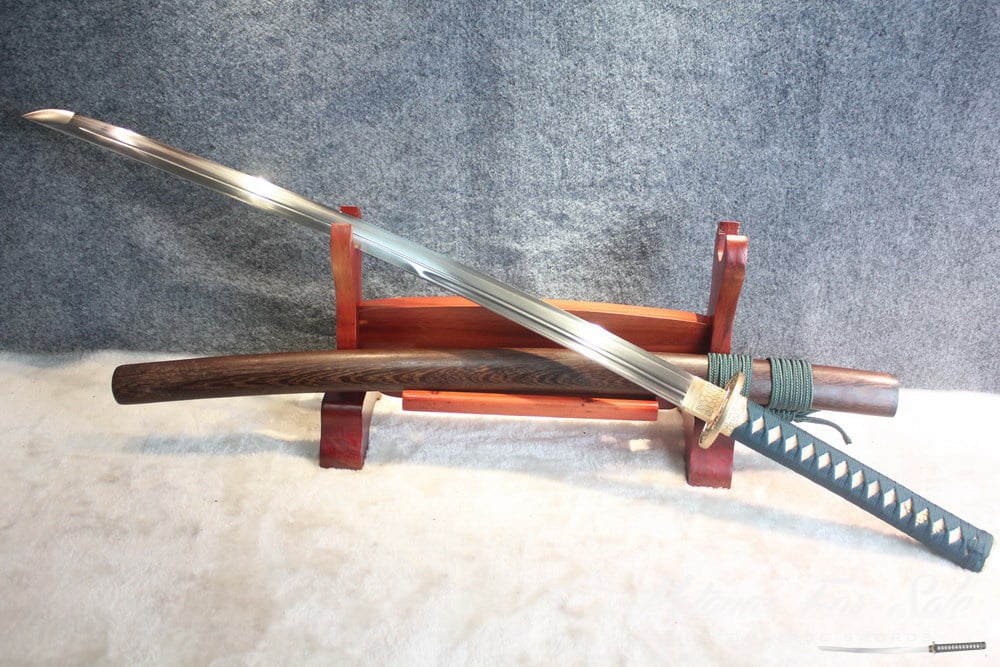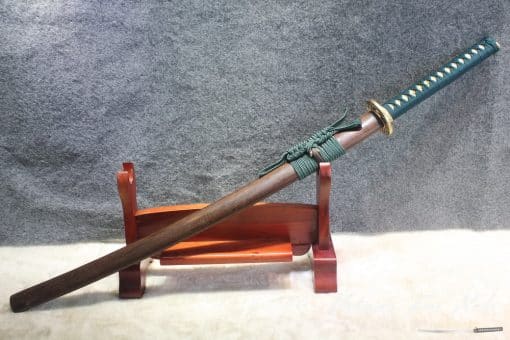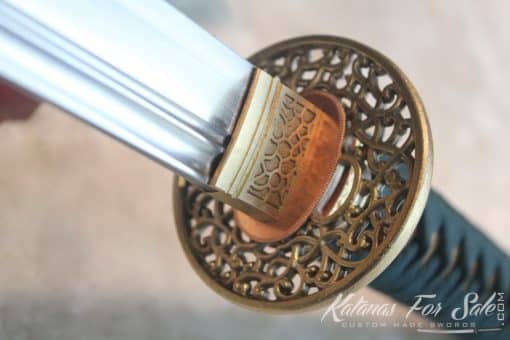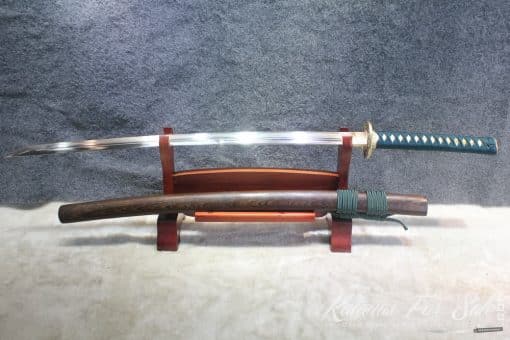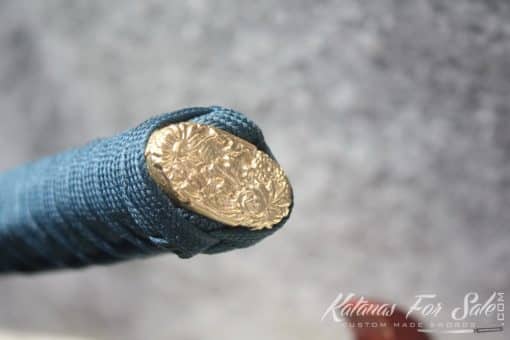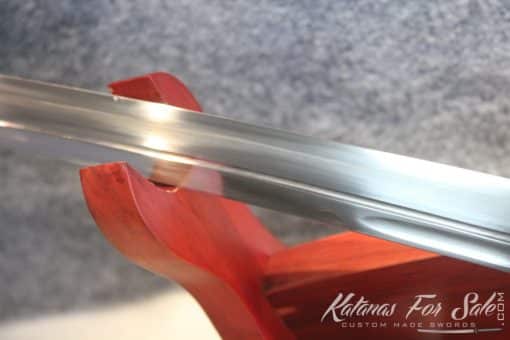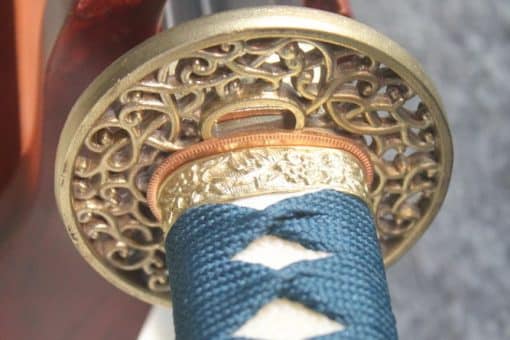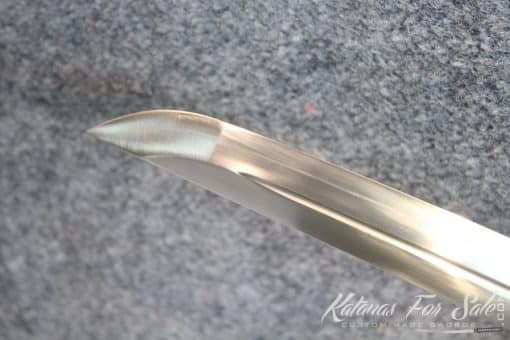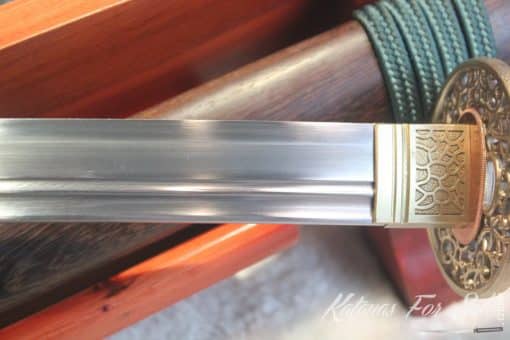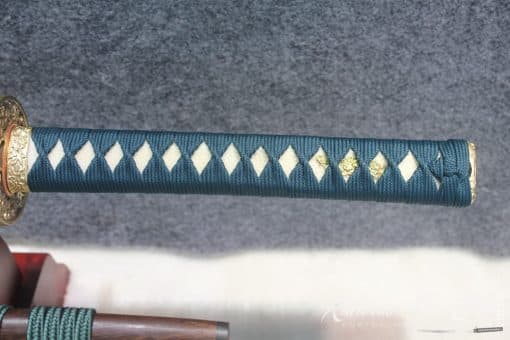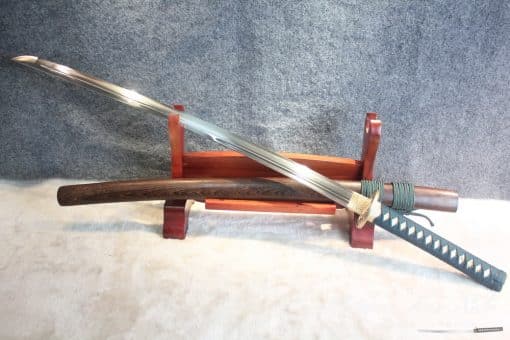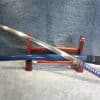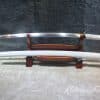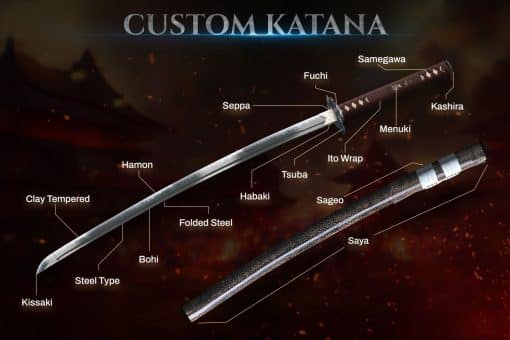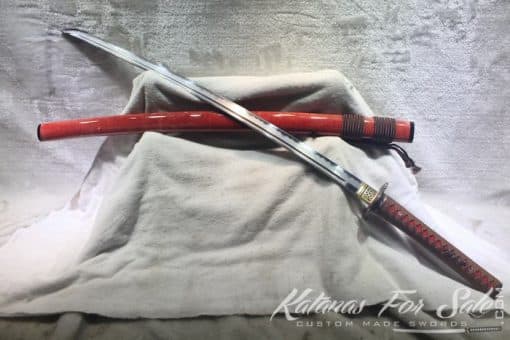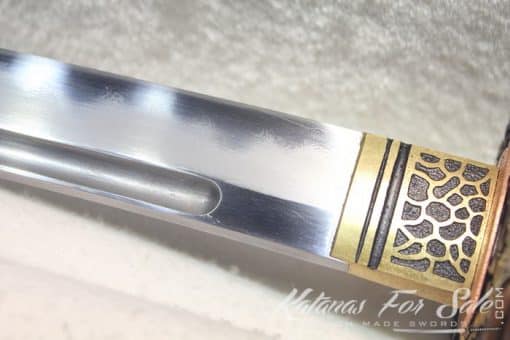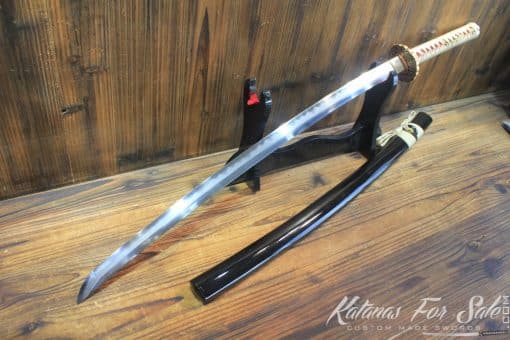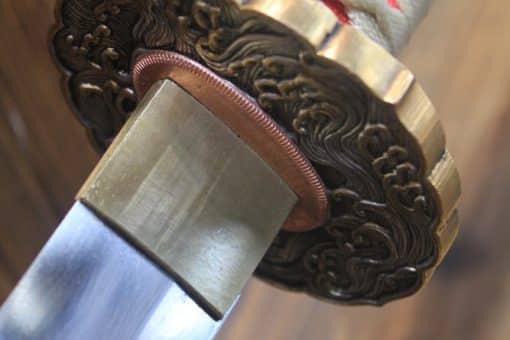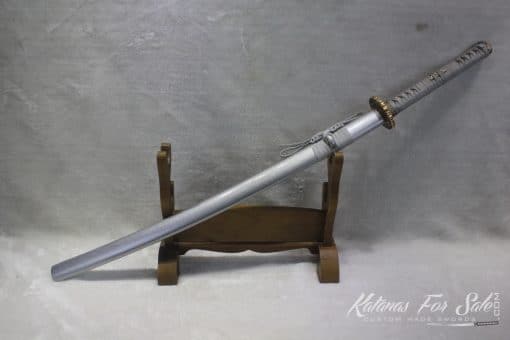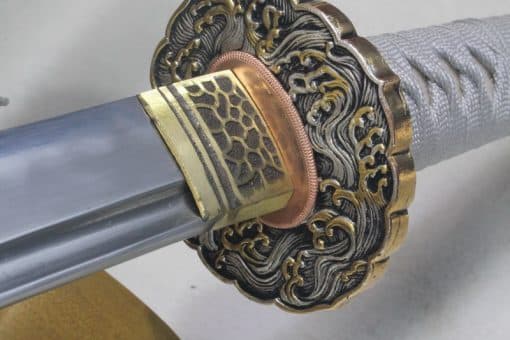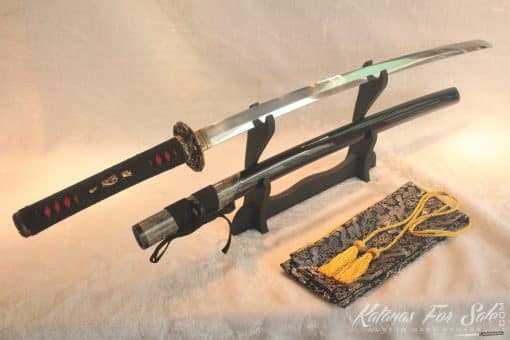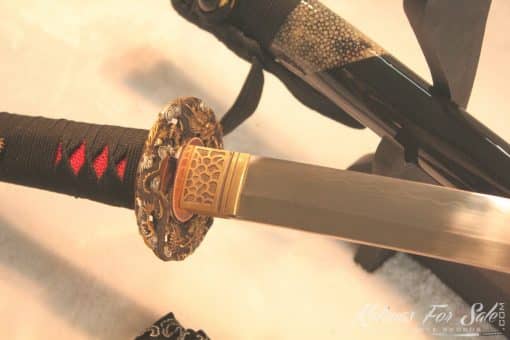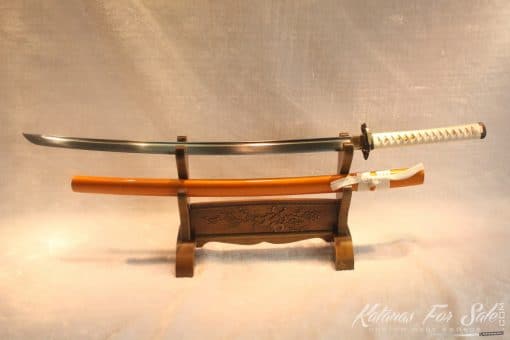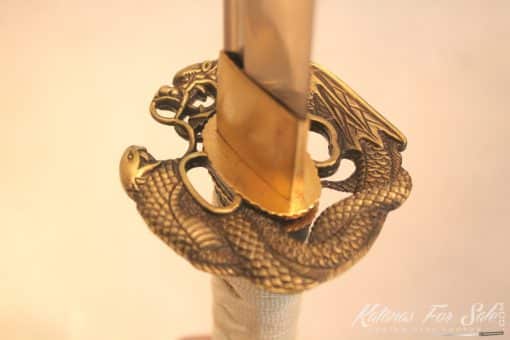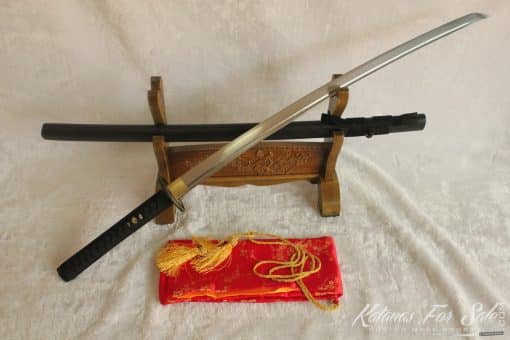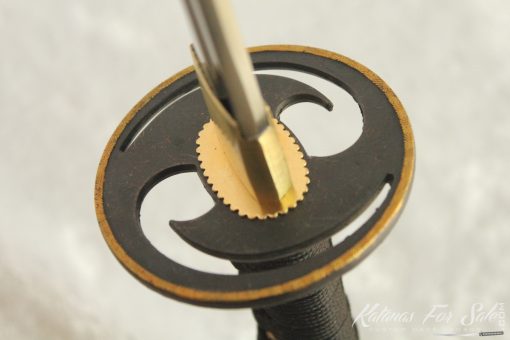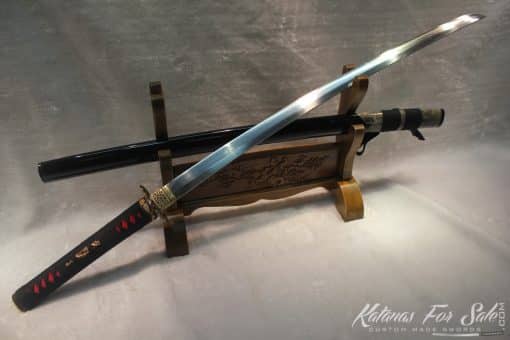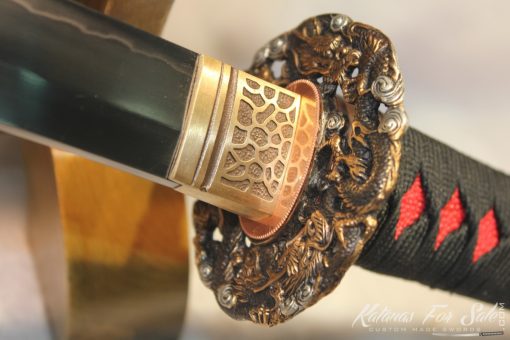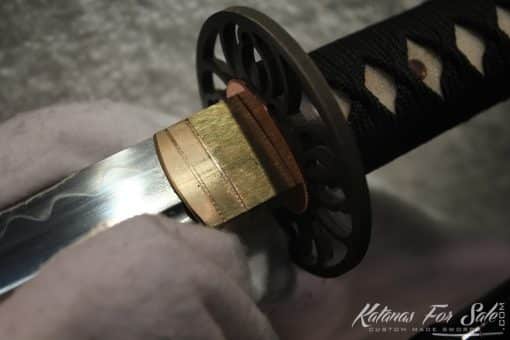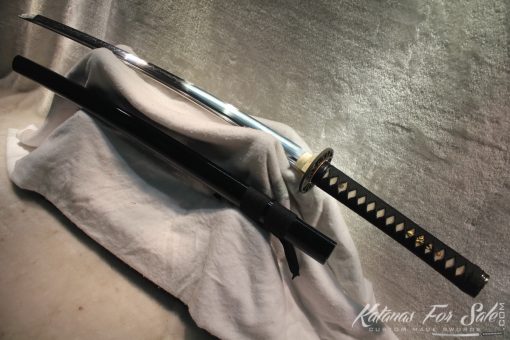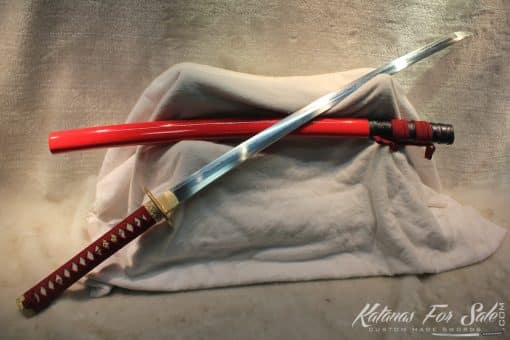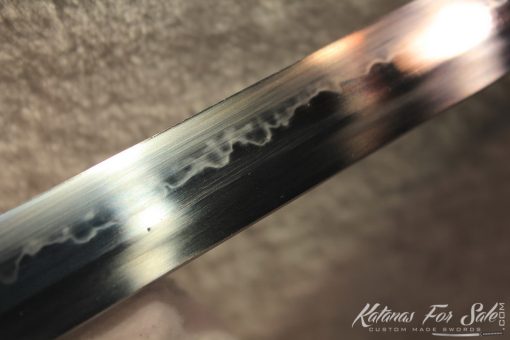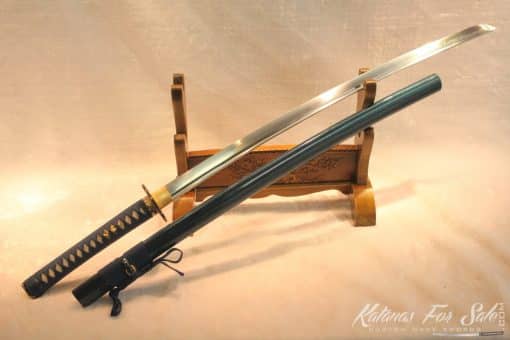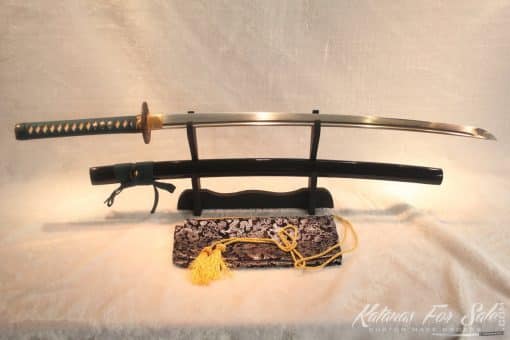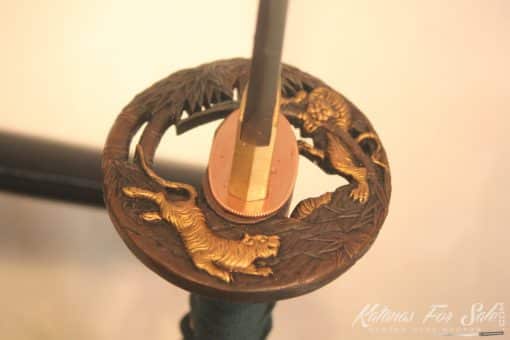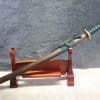Grabado en la Espada
Color de la Hoja de la Espada
Tamaño Personalizado
Espiga Completa Katana
Katana con Templado de Arcilla
Acero plegado
T10 Steel Clay Tempered Katana Sword
$460
T10 Steel Clay Tempered Katana Sword

T10 Steel Clay Tempered Katana Sword
Hoja: T10 Steel (Clay Tempered)
Ranura de Sangre: double groove
Filo de Hoja: Completamente Afilado
Material de Habaki (Collar de Hoja) y Seppa (Espaciador): Latón
Tsuba (Guardamano): BrassTsuba
Fuchi (Collar de Mango) y Kashira (Base de Mango): Latón
Tsuka (Mango): Piel de Raya Blanca con Menukis Ornamentales
Espiga (o Tang): Espiga Completa con 2 Clavijas Mekugi
Saya (Vaina): Rosewood saya
Largo de Hoja: 72 cm
Largo de Empuñadura: 27 cm
Peso Aproximado: 1.44 KG
Ancho de Hoja: 3.2 cm
Grosor de Hoja: 0.75 cm
This is the 40″ T10 clay differential hardened Katana Sword. The blade is constructed from through hardened T10 and features a beautiful authentic straight hamon. It also features a double bohi which provides audible feedback when the sword is swung to ensure good edge alignment.
The blade of the sword has been constructed from T10 High Carbon steel in a Maru Lamination. In accordance with Japanese tradition, the blade has been treated with a clay covering, applied to the entire sword except the cutting edge. The blade is then heated and quenched in spring water. The combination of the quenching and the clay cover creates a significant temperature difference in the Ha of the blade and the rest of the sword. The hamon is authentic and all the way up to the tip. The result is that the Ha cools much more quickly than the rest of the blade, the molecules of the Cutting edge expand and push back the softer steel of the blade creating the traditional Japanese curve.
The tsuba is made of high quality brass and the fuchi and kashira are made of brass as well. The saya (scabbard) of the sword is rosewood in natural grain finish. The sageo is navy blue silk tied over a wooden kurigata with golden brass fitting shitodome.
Clay Tempering
Ilustración de la construcción de una hoja:

Por favor, mira la imagen A de arriba
Esta espada ha sido forjada a mano por nuestro método tradicional japonés, el templado con arcilla. El área gris es el área cubierta de arcilla. El herrero pone arcilla en la hoja y deja el borde despejado. La hoja se calentará a rojo y luego se apagará en agua. El área cubierta de arcilla ayuda a la hoja a mantener su flexibilidad, mientras que la parte despejada se vuelve más dura. La línea de hamon natural y cristalino se obtiene a partir del templado con arcilla.
También te recomendamos…
Custom Swords

